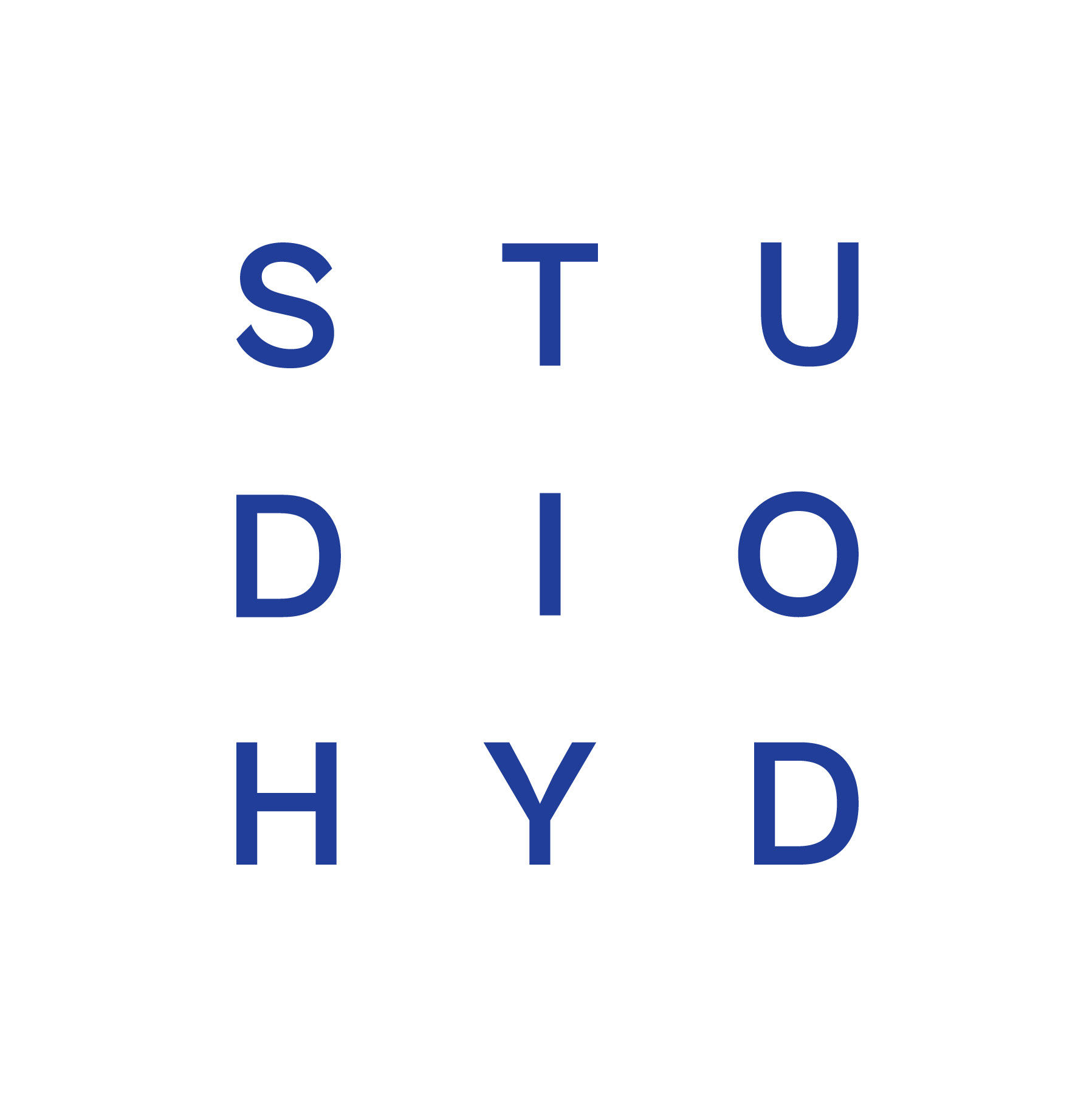Project Name: Seoul Biennale 2021
Competition Year: 2021
Typology: Curation & Exhibition
Location: Seoul, South Korea.
Team: Bhargav Munagala, Chinmay Pathak, Esra Nespogullari, Federico Pedrazzani, Fereshteh Nazari, Michele Martini, Mukesh Byrareddy, Rahul Palagani & Ritika Rakhiani.
Our aspirations to live higher, on water, in the air, on Mars and in space come with the backing of a scientific thought process and an adaptation to an unpredictable future; each leap comes with a massive will and an acceptance shuffling between status quo and disruption, questioning safety and risk. Makoko stands as an experimental ground to test a system of settlement where infrastructure should and can work with minimum change to our environment to address a fast-approaching change to our environment. environmental evolution.
It is a culturally strong amphibious settlement with potential in crafts, fishing, and boat building and is armed with a skilled workforce; although consumed by self-neglect, environmental forces and the government.
A decision to develop this settlement is a multi-dimensional advantage to the city - an adapted, well-integrated waterfront serving both recreational and essential economic benefits, we must not fail to recognize its potential to be an adaptive solution to the rising sea level and reducing land area.
A slight acceptance of false and fragile human association of ownership to property by trying to arrange a win-win situation with the government and the residents of Makoko will be a starting step to this development. Makoko is living in constant fear of being demolished; a demolition which in an unclear sense could be a possibility of a permanent relocation into safe ground. The people failed to understand the impact on Makoko’s way of life - the centuries-long relationship between land and water lost the opportunity to strengthen a culture and an unrecognised resilient possibility of development.
Considering the ever-changing world, planned communities fail to change based on the needs of the hour, adapt and course correct to resilience due to the rigidity, huge investment and resources involved. A community like Makoko which shows great signs of resilience and potential urban cultural flavour, needs to be supported by multiple agencies, stakeholders and the government.
A single-thought solution will not be right to bring the best out of these settlements. A multitude of solutions and experiments should be considered while keeping the community a top priority. The community must continue to show unity and brotherhood to get the needs of the community met and lead a prosperous life.
The proposal aims at creating a database and framework of solutions and ideas derived from the existing policies of Lagos and Nigeria while analysing numerous valuable projects tried and proposed by Makoko. In a constant search for the best global practices, we look at all efficient possible modifications and new methodologies.
These solutions and ideas are clustered in a varying scale of effort, budget, stakeholders, timeline and size. It will be critically analysed based on the possible impact on the community and the settlement, while the individual solutions can be integrated and implemented in varying combinations and permutations based on the immediate and changing needs while considering and observing other factors of change.
The installation will intend to drive attention to a settlement which questions our current assumption of “the way of life.” Though the current state of Makoko may not portray a strong hope for the future, this installation brings a conscious role to the visitors to understand and implement multitudes of solutions to see how the resolutions influence in envisioning a resilient future.
The installation comprises a fishing net draped around an experiential three-levelled floating platform with minor flexure supported by a central multi-poled column to which a circular display screen is attached, and on the platform, visitors get to use a display tablet to interact with the installation.
The experience of the installation can be defined in three layers:
Layer 1 - A visual abstract lure derived from minor and major experiences of Makoko.
Layer 2 - An experience of entering an unstable yet safe structure, to understand the inside.
Layer 3 - When inside the visitor gets to visualize the current state and see the possible impacts of solutions through a multi-layered lens, while experimenting with various combinations and permutations.
The role of display screen and display tablet:
Display screen - With the starting point as the current state of Makoko, each addition of the solution will display its impact while keeping the people and community as the constant focus.
Display table - This will comprise multiple clusters of solutions which can be studied by the visitors and they get to choose to see its possible influence on the current state of Makoko.
